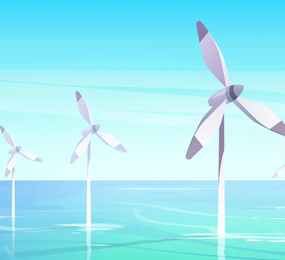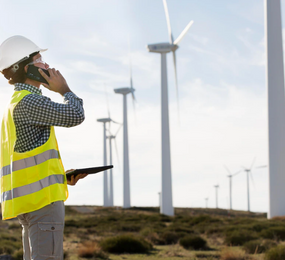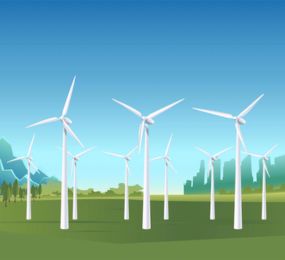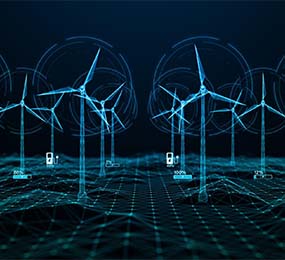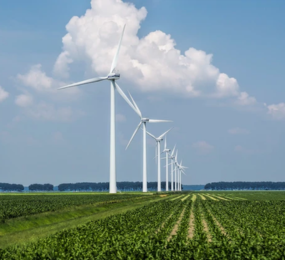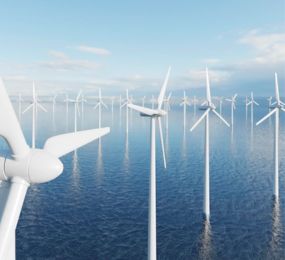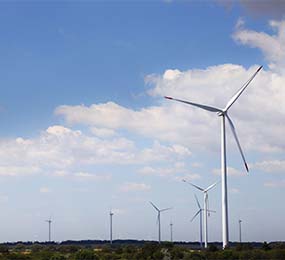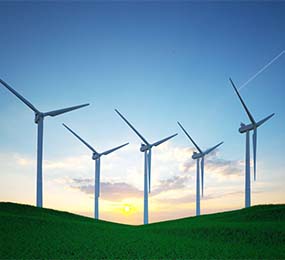The success of wind energy projects hinges on their ability to operate efficiently and reliably. To achieve this, wind farm operators rely heavily on sophisticated sensor networks to collect and transmit critical data. These networks play a vital role in optimizing performance, enhancing maintenance, and ensuring the long-term success of wind energy operations.
Key Roles of Sensor Networks in Wind Power:
- Real-time Monitoring: Sensors monitor key parameters such as wind speed and direction, turbine RPM, temperature, vibration, and power output. This real-time data provides valuable insights into turbine performance and identifies potential issues early on.
- Predictive Maintenance: By analyzing sensor data, operators can predict potential equipment failures before they occur. This allows for proactive maintenance, minimizing downtime and reducing the cost of repairs.
- Performance Optimization: Sensor data can be used to optimize turbine performance by adjusting settings such as blade pitch and yaw angles to maximize energy output.
- Grid Integration: Real-time data from sensor networks can be used to optimize wind power generation and integrate it seamlessly into the grid, ensuring grid stability and reliability.
- Environmental Monitoring: Sensors can monitor environmental factors such as noise levels, bird activity, and weather patterns, helping to minimize environmental impact and ensure compliance with regulations.
Types of Sensors Used in Wind Farms:
- Anemometers: Measure wind speed and direction.
- Accelerometers: Measure vibrations within the turbine.
- Temperature sensors: Monitor turbine temperatures to detect overheating.
- Strain gauges: Measure stress levels in critical components.
- Acoustic sensors: Monitor noise levels and detect potential issues.
The Future of Sensor Networks in Wind Power:
The future of sensor networks in wind power lies in the continued development of advanced technologies, such as wireless sensor networks, IoT (Internet of Things) platforms, and artificial intelligence. These technologies will enable more sophisticated data collection, analysis, and utilization, leading to further improvements in wind farm performance, efficiency, and sustainability.
To register or learn more about the Forum please check here: https://bit.ly/3K0rUIz
For more information and group participation, contact us: [email protected]


